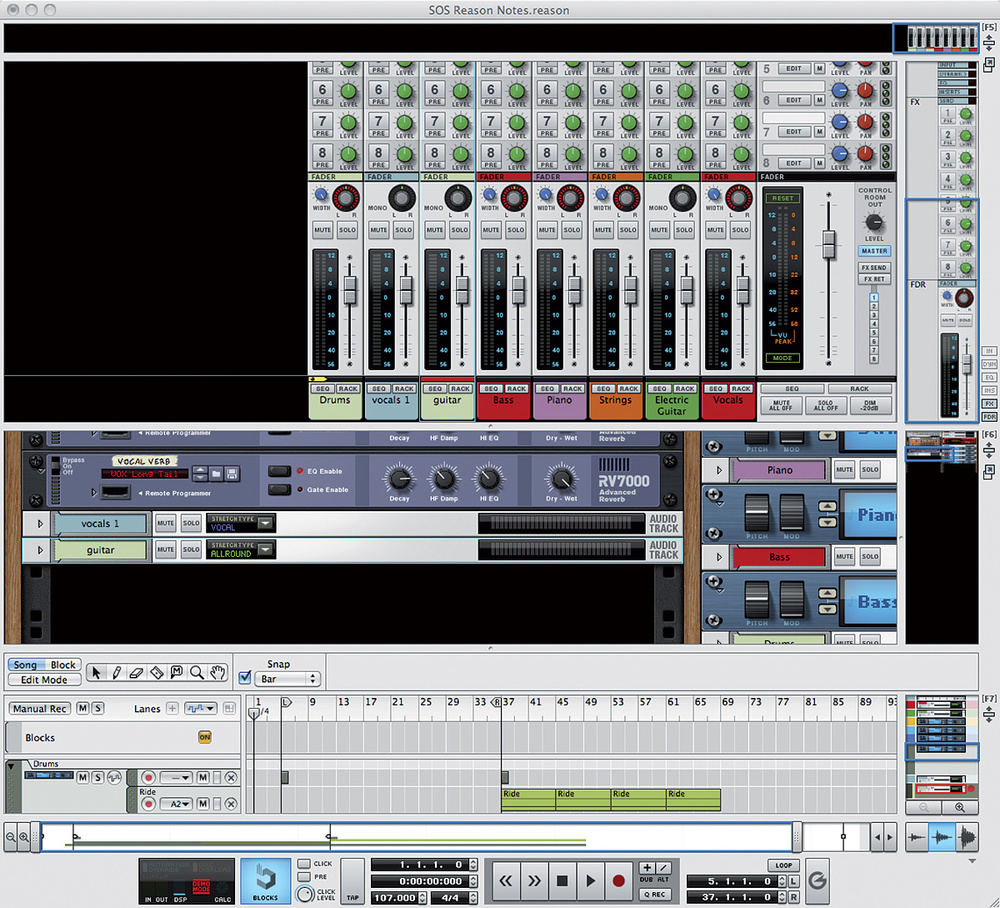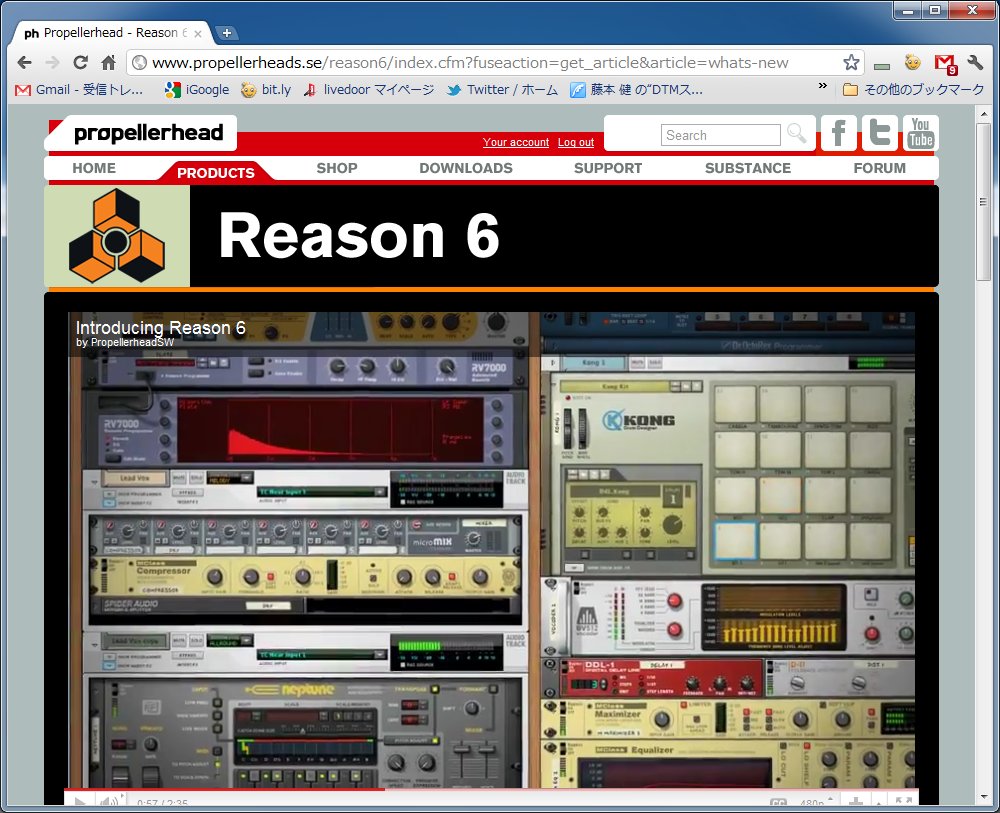
- #Reason 6 64 bit how to
- #Reason 6 64 bit install
- #Reason 6 64 bit drivers
- #Reason 6 64 bit driver
- #Reason 6 64 bit upgrade
#Reason 6 64 bit driver
Browse to the folder where you extracted the driver and click Ok About Sound Card Drivers:
#Reason 6 64 bit drivers
If you already have the driver installed and want to update to a newer version got to "Let me pick from a list of device drivers on my computer"ħ. Choose to select the location of the new driver manually and browse to the folder where you extracted the driverĥ. Right click on the hardware device you wish to update and choose Update Driver SoftwareĤ. Go to Device Manager (right click on My Computer, choose Manage and then find Device Manager in the left panel), or right click on Start Menu for Windows 10 and select Device Managerģ. In order to manually update your driver, follow the steps below (the next steps):ġ.
#Reason 6 64 bit install
Take into consideration that is not recommended to install the driver on Operating Systems other than stated ones.
#Reason 6 64 bit upgrade
If the driver is already installed on your system, updating (overwrite-installing) may fix various issues, add new functions, or just upgrade to the available version. Select the “64-bit (圆4)” architecture.The package provides the installation files for Realtek High Definition Audio Driver version. As you click through the wizard, you’ll be asked whether you want to create 32-bit or 64-bit installation media. When you run the tool, select “Create installation media for another PC” and use the tool to create a USB drive or burn a disc with Windows 10. If you’re using the 32-bit version of Windows 10 at the moment, you’ll have to download and run the 32-bit tool. Once you’re using an activated version of the 32-bit Windows 10, download the Windows 10 media creation tool from Microsoft. After upgrading, be sure to check that your current 32-bit version of Windows 10 is activated under Settings > Update & security > Activation. But the upgrade process will give your PC a Windows 10 license. You’ll get the 32-bit version of Windows 10 if you were previously using a 32-bit version of Windows 7 or 8.1. This process will wipe your whole hard disk, including Windows, installed programs, and personal files.įirst, if you haven’t upgraded to Windows 10 yet, you’ll need to use the upgrade tool to upgrade. Warning: Back up your important files before continuing and also make sure you have what you need to reinstall your programs.
#Reason 6 64 bit how to
RELATED: How to do a Clean Install of Windows 10 the Easy Way Unfortunately, there’s no direct upgrade path. You’ll need to perform a clean install to get to the 64-bit version of Windows 10 from the 32-bit one. But old hardware-for example, a particularly ancient printer-simply may not offer 64-bit drivers. They are likely included with Windows 10 or automatically will be downloaded from Windows Update. You shouldn’t necessarily need to download these from the manufacturer’s website, though. To check for this, you can visit the manufacturer’s driver download web pages for your hardware and see if 64-bit drivers are available. Modern hardware should certainly offer 64-bit drivers, but very old hardware may no longer be supported and the manufacturer may have never offered 64-bit drivers. 64-bit versions of Windows require 64-bit hardware drivers, and the 32-bit versions you’re using on your current Windows 10 system won’t work. Make Sure Your PC’s Hardware Has 64-bit Drivers AvailableĮven if your processor is 64-bit compatible, you might want to consider whether your computer’s hardware will work properly with a 64-bit version of Windows. This means you’re using a 32-bit version of Windows 10 but your CPU can run a 64-bit version, so if you see it, it’s time to move on to the next section. But if you see the last entry on your system-“32-bit operating system, 圆4-based processor”-then you’re in luck. If you see the second entry, you won’t be able to install the 64-bit version of Windows on your system at all. If you see the first entry on your system, you don’t really need this article. Your CPU supports 64-bit, but you have the 32-bit version of Windows installed.

Your CPU does support 64-bit and you already have the 64-bit version of Windows installed.

On the right-hand side of the window, look for the “System type” entry. To do so, head to Settings > System > About. Before even thinking of upgrading to 64-bit Windows, you’ll need to confirm that the CPU in your computer is 64-bit capable. RELATED: How to Upgrade from Windows 7 or 8 to Windows 10 (Right Now) Make Sure Your Processor is 64-bit Capableįirst thing’s first.

But, if your hardware supports using a 64-bit operating system, you can upgrade to the 64-bit version of Windows for free.

If you had a 32-bit versions of Windows 7 or 8.1 installed on your PC and upgraded to Windows 10, Microsoft automatically gave you the 32-bit version of Windows 10.


 0 kommentar(er)
0 kommentar(er)
